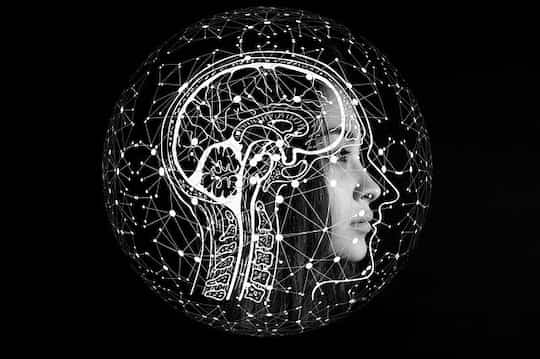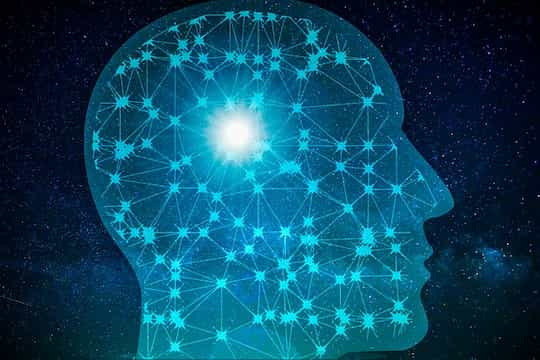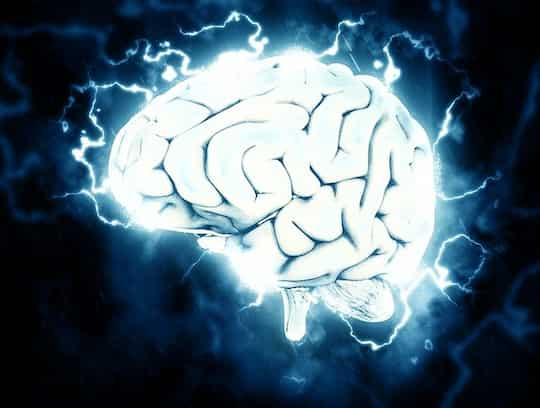PTSD is thought to affect around one-third of people who experience a traumatic event.
People who have experienced traumas find it harder to suppress emotional memories, research reveals.
The reason could be neural disruption in areas of the brain linked to suppressing memories.
The study helps to explain why people exposed to car accidents, medical issues or other traumas continue to relive emotional memories.
People with post-traumatic stress disorder (PTSD) find memories of a traumatic event continue to intrude and incapacitate them.
This happens even when they try to suppress the memory.
The conclusions come from a study of 48 people, some with PTSD, some who had been exposed to trauma, but not developed PTSD, and a control group.
Everyone was shown pictures and asked to suppress some of them.
The results showed that people who had been exposed to traumas found it harder to suppress the memory than the control group.
Dr Danielle R. Sullivan, the study’s first author, explained the results of brain scans conducted alongside the behavioural test:
“Neuroimaging data revealed that trauma-exposed individuals showed reduced activation in the right middle frontal gyrus, a critical region for memory suppression, during a memory suppression task and were less likely to successfully suppress memory compared to non-trauma exposed individuals.
These results suggest that trauma exposure is associated with neural and behavioral disruptions in memory suppression and point to the possibility that difficulty in active suppression of memories may be just one of several likely factors contributing to the development of PTSD.”
PTSD can be a result of a road accident, a violent personal assault, serious medical problems or other traumatic events.
People experiencing PTSD may have trouble sleeping and difficulty concentrating.
PTSD is thought to affect around one-third of people who experience a traumatic event.
PTSD is usually treated by either ‘watchful waiting’, antidepressants or psychological therapies.
The study was published in the Journal of Psychiatric Research (Sullivan et al., 2019).










